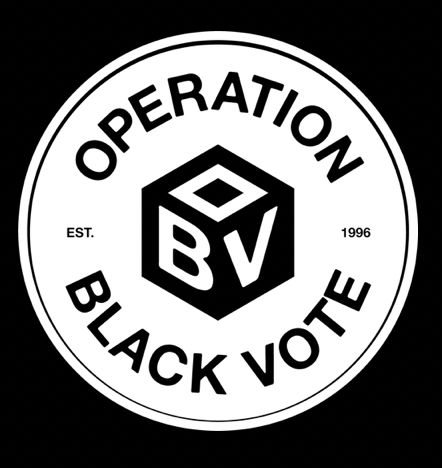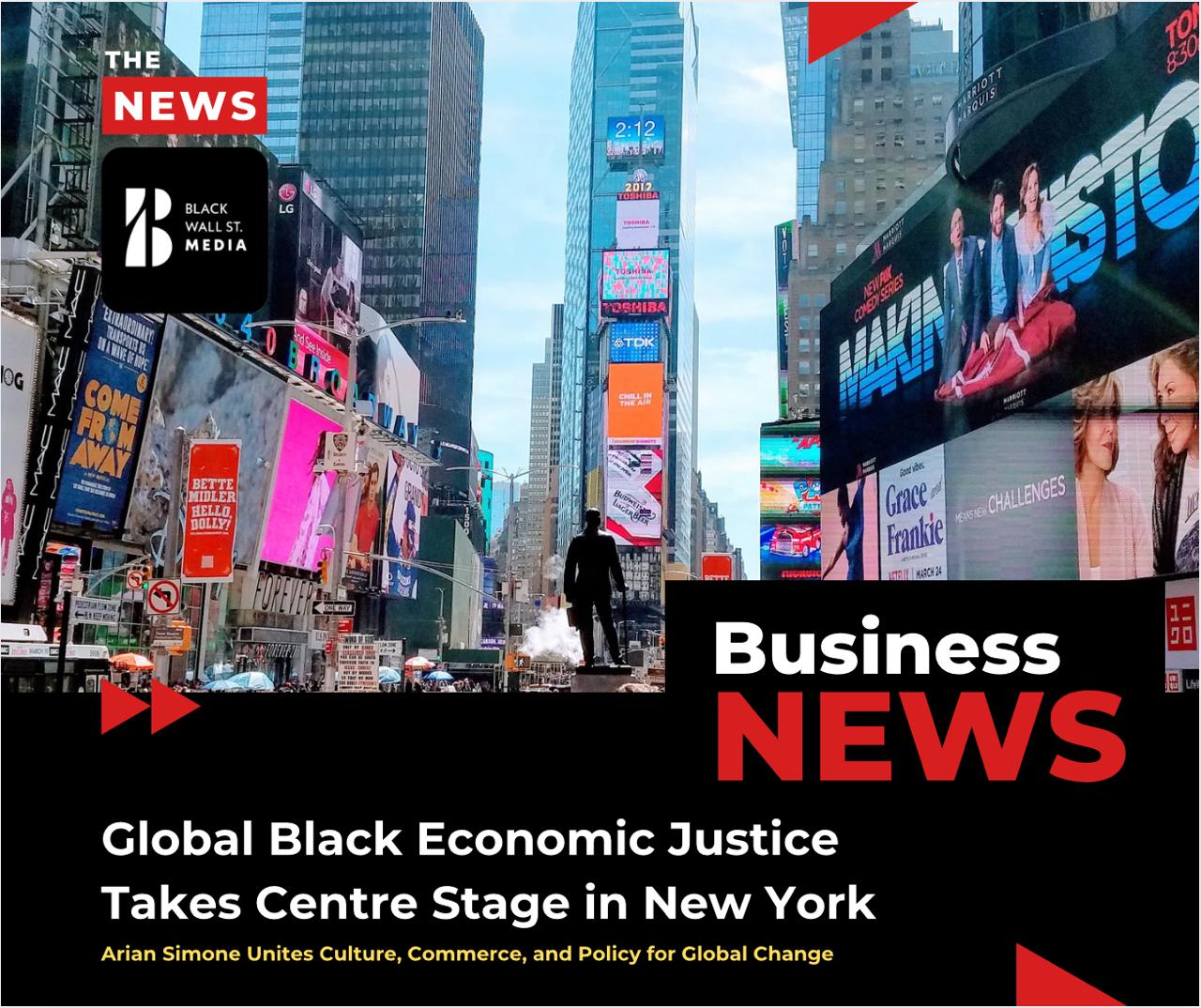History, Social Justice, and Race Relations
Unveiling Britain's Hidden Past
“Discover the untold story of the 1919 Race Riots in Britain—a dark chapter often overlooked in history. Explore how deep-seated racism and the legacy of the British Empire fueled violence and shaped the lives of black and minority communities. It's time to confront the past and pave the way for a more just and equitable future.”
BWSMCONTRIBUTOR
In the quiet streets of Liverpool, Cardiff, and Glasgow, a hidden tension simmered, one that had been brewing long before the war-torn years of the early 20th century.
It was a tension born of ignorance, a legacy of an empire whose deeds were cloaked in the shadows of history, unspoken and unacknowledged. The people of Britain, lulled by tales of heroism and conquest, remained blissfully unaware of the brutal realities that underpinned their nation’s wealth and power.
The British Empire, they believed, was a beacon of civilization, spreading enlightenment to the darker corners of the world. But this was a myth, one that concealed the empire’s true role in the oppression and subjugation of black and brown people across the globe.

The lack of education about Black and British history was more than an oversight—it was a deliberate erasure, a silence that played a large part in the racism that quietly, yet persistently, permeated the fabric of British society.
Discussions about race, when they occurred, were shallow and misinformed, leaving many Britons unaware of their country’s leading role in the exploitation and marginalization of people of color.
This ignorance was a breeding ground for prejudice, a fertile soil in which the seeds of racism took deep root.
The year was 1919, a time when the scars of the First World War were still fresh, and the hopes of a better future were beginning to fade. The presence of black communities in cities like Liverpool and London had grown significantly after the war, as many ethnic minorities who had contributed to the war effort chose to settle in the UK.
But as the nation slid into an economic downturn, with jobs becoming scarce and the once-thriving ports falling into decline, the white working-class population began to look for someone to blame.
They found their scapegoats in the black, Arab, and Chinese communities who lived alongside them. To the white union workers and servicemen, these newcomers were not fellow citizens or comrades in arms, but competitors—people who threatened their livelihoods and their very sense of national identity.

The simmering tension soon erupted into violence, marking one of Britain’s most violent periods of racial turmoil in the 20th century: the 1919 Race Riots. It began with a jostling at a dock, a minor altercation between black and white seamen that quickly escalated into a full-blown fight.
As word spread, white bystanders joined in, armed with makeshift weapons, attacking black laborers with a fury born of fear and resentment. In Glasgow, anti-immigrant labor meetings organized by the British Seafarers Union and the National Sailors’ and Fireman’s Union stoked the flames of hatred, blaming foreign workers for undercutting white employment.

The violence was not limited to Glasgow. In Liverpool, the riots reached a fever pitch when Charles Wootton, a young Afro-Caribbean man, was lynched by a white mob.
The rioters, numbering in the thousands, rampaged through the streets, setting fire to the homes and businesses of black, Arab, and Chinese residents.

The destruction was so widespread that 700 ethnic minorities had to seek police protection, temporarily abandoning their homes. Black workers were summarily fired, their livelihoods shattered in an instant.
The government’s response was tepid at best. While the violence raged, authorities stood by, often failing to intervene. When the dust finally settled, five people were dead, many more were injured, and at least 250 were arrested. Yet, instead of addressing the root causes of the unrest, the British government intensified its repatriation scheme, deporting thousands of black and Arab citizens in a bid to avoid what they feared could be a “black backlash.”
Between 1919 and 1921, an estimated 3,000 black and Arab seamen and their families were forcibly removed from Britain, given only a pittance to start their lives anew in distant lands.
But the violence did not end in 1919.
Riots continued into the early 1920s, fueled by a post-war economic nosedive, sustained racism, and new immigration mandates that reclassified black people and Arabs as “aliens.” For those who remained in Britain, life became even more difficult, as the country that once welcomed them as allies and workers now turned its back on them.
The story of the 1919 Race Riots is a dark chapter in British history, one that has been too often overlooked or forgotten. It is a reminder of the deep-seated racism that has long plagued the nation, and the consequences of a society that refuses to confront its past.
“But awareness is the first step to change, and by acknowledging this history, we can begin to recognise the depths of the racism that still exists within the UK today. Only then can we start to build a future that is truly just and equitable for all.”
BWSMCONTRIBUTOR








































